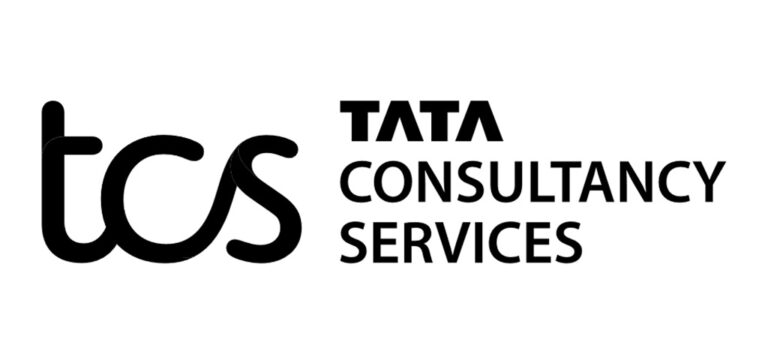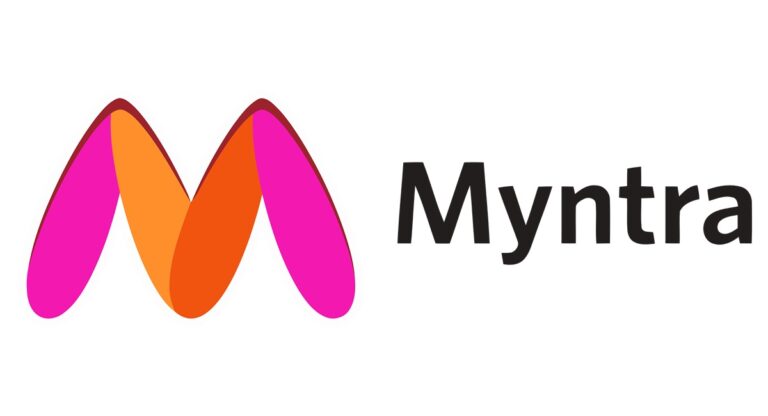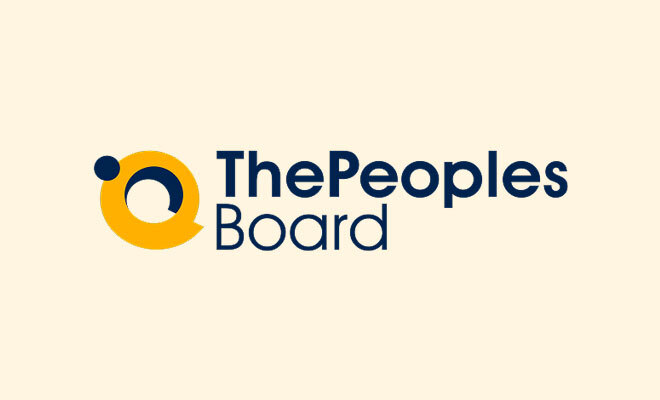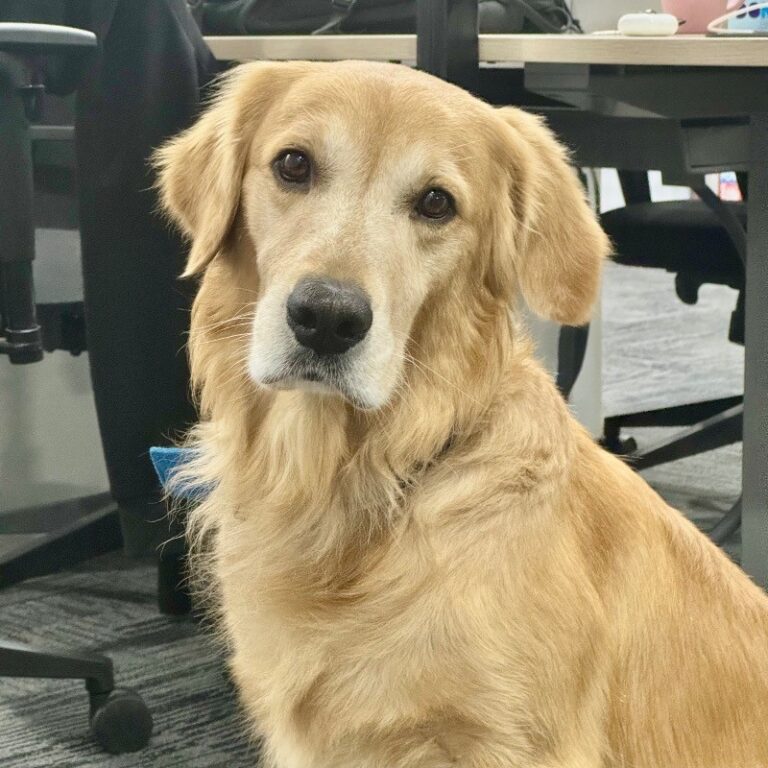A Problem-Solving Interview helps identify how the candidate may deal with hurdles that may arise in their line of work.
The examples listed below focus on specific skills to be evaluated. They can be changed based on the responses and how you want to assess the candidates.
Question 1: Can you describe a time when you identified the root cause of a problem and solved it effectively?
To Assess: Analytical thinking and attention to detail.
Sample Answer: “Our website traffic suddenly dropped. I investigated analytics and identified a broken redirect after a system update. Fixing the redirect restored traffic within 24 hours and prevented future losses by implementing automated monitoring.”
Question 2: Tell me about a time you encountered an unexpected problem. How did you handle it?
To Assess: Adaptability and quick thinking.
Sample Answer: “During a live event, the presentation system failed. I quickly shifted to a backup laptop and continued the event with minimal disruption. My quick response ensured we completed the session without losing attendee engagement.”
Question 3: Describe a situation where you resolved a conflict within your team.
To Assess: Conflict resolution and communication.
Sample Answer: “Two team members disagreed on task ownership. I facilitated a meeting, clarified responsibilities, and reallocated tasks based on strengths. This not only resolved the conflict but also improved efficiency in task completion.”
Question 4: How do you approach solving complex problems with multiple variables?
To Assess: Logical reasoning and prioritization.
Sample Answer: “I break the problem into smaller components, analyze each individually, and prioritize based on impact. For instance, during a product launch delay, I addressed supplier issues first, then streamlined internal processes, ensuring the launch occurred with minimal delay.”
Question 5: Tell me about a time when you had to solve a problem under a tight deadline. What was your approach?
To Assess: Time management and decision-making under pressure.
Sample Answer: “A client requested last-minute changes to a proposal hours before submission. I delegated tasks among the team, focused on critical updates, and delivered the revised proposal on time. The client appreciated our responsiveness.”
Question 6: When faced with multiple potential solutions to a problem, how do you decide which one to implement?
To Assess: Decision-making and evaluation.
Sample Answer: “When evaluating solutions, I compare their feasibility, cost, and impact. For example, to reduce churn, I considered customer loyalty programs and service improvements. Based on budget and customer data, I chose service enhancements, which reduced churn by 15%.”
Question 7: Can you share an example of a problem you solved that taught you something important?
To Assess: Reflection and growth mindset.
Sample Answer: “A project failed due to unclear requirements. I learned the importance of upfront clarity and implemented detailed project briefs in future projects. This significantly improved alignment and reduced misunderstandings.”
Question 8: How do you anticipate and prevent problems before they occur?
To Assess: Proactive problem-solving and planning.
Sample Answer: “Before launching a new system, I conducted a risk assessment and ran simulations. This identified potential downtime issues, which we resolved by scheduling the launch during non-peak hours. The rollout was seamless, avoiding disruptions.”
Question 9: Tell me about a time you resolved a significant customer issue.
To Assess: Customer focus and empathy.
Sample Answer: “A customer was unhappy with delayed delivery. I investigated, expedited their order, and offered a discount. I also improved our tracking system to prevent future delays. The customer appreciated our efforts and became a repeat client.”
Question 10: Describe a time when you collaborated with others to solve a challenging problem.
To Assess: Teamwork and collaboration.
Sample Answer: “A system integration issue affected multiple teams. I organized a cross-functional task force to identify root causes and implement fixes. By leveraging diverse expertise, we resolved the issue within a week and improved interdepartmental communication.”



